Frederica Freyberg:
Every year for Labor Day, the Center on Wisconsin Strategy or COWS at UW Madison releases its state of working Wisconsin, pinpointing what is going on in the state labor market. Associate director of COWS, an economist, Laura Dresser is here with more on the report. Hi, Laura.
Laura Dresser:
Hi.
Frederica Freyberg:
New U.S. job numbers came out today showing job — slowing of job growth, would you expect that in Wisconsin as well? Even as one of your key findings is that the great resignation, at least in this state, is a myth?
Laura Dresser:
Yeah, I mean I think we have seen — 2022 has been defined, I think, by steady job growth at the national level. A little less robust job growth in Wisconsin. But even so, strong job growth each month. I think a lot of people are relieved to see that 300,000 national number, which is slower than the proceeding months but is still solid labor-market growth.
Frederica Freyberg:
Let’s go back to that myth you call the great resignation in Wisconsin. Why is it a myth?
Laura Dresser:
I think people have a sense — those stories from about a year ago, I think gave people a sense that there were a lot of people who were like, take this job and I’m going to go live on the van life and develop an Instagram following group or whatever. There was a lot of retreat from work. But what there was, actually, and is clear in the data, is that people really saw opportunity and they took it. They left jobs. And they’ve moved up and they’ve moved on. But we have more people working in the state today than we did — the percentage, the most that we’ve ever had of people working in the state in May this year, well over 3 million. And we have a higher labor force participation rate today than we did February 2020 coming into the pandemic. And so on these measures, people are working.
Frederica Freyberg:
But what explains then shortages of workers in places like restaurants or other service industry that you hear about all the time?
Laura Dresser:
We can see how tight the labor market is. How much demand there is for workers. And I think what we see is workers are able to see that opportunity and make something of that opportunity. Either by leaving and going to get a new job or staying on the job they have and improving it by asking for higher wages. But it means that the lower wage industries, really, especially, have evident job openings. And I think people found work other places and that means that restaurants are thinking about how they restructure that work to make it appealing.
Frederica Freyberg:
So you also show that wages are up in Wisconsin, up at historic levels. What’s that about?
Laura Dresser:
Yeah, I think we have seen pretty solid wage growth from 2018 to 2021. Our wage data is always inflation adjusted so expressed in current dollars. Next year I think the inflation this year will really change the picture substantially. But coming into 2021, which is the most recent available, we are up about $21.50 an hour as the median wage, which is $2 up from 2018 and $1.50 an hour. That kind of growth we haven’t seen since the late ’90s.
Frederica Freyberg:
I’m not sure we have the time to talk about it here, but there are disparities in that.
Laura Dresser:
Absolutely. And always in this economy. Even when there is good news. Good news isn’t always broadly shared. And that is definitely, you can find that on that report.
Frederica Freyberg:
The National Labor Relations Board reports a 56% increase in petitions for union elections. How is the tight labor market changed worker organizing in Wisconsin? We just spoke with a member of the nurses — would-be member of the nurses’ union at UW Hospital. How is that changing?
Laura Dresser:
I think that what I think of the national labor relations data is the kind of most formal, most organized version of seeing what workers are doing with work. I think the wage data and the turnover data and the job openings really shows that workers see opportunity right now and in individual and collective ways, you know, and formal and informal ways, they are asking for more. And the most collective and formal way is to move to a NLRB process and that is what we see more of in the state as well.
Frederica Freyberg:
Laura Dresser, thanks very much.
Laura Dresser:
Thank you.
Search Episodes

Donate to sign up. Activate and sign in to Passport. It's that easy to help PBS Wisconsin serve your community through media that educates, inspires, and entertains.
Make your membership gift today
Only for new users: Activate Passport using your code or email address
Already a member?
Look up my account
Need some help? Go to FAQ or visit PBS Passport Help
Need help accessing PBS Wisconsin anywhere?

Online Access | Platform & Device Access | Cable or Satellite Access | Over-The-Air Access
Visit Access Guide
Need help accessing PBS Wisconsin anywhere?

Visit Our
Live TV Access Guide
Online AccessPlatform & Device Access
Cable or Satellite Access
Over-The-Air Access
Visit Access Guide
 Passport
Passport

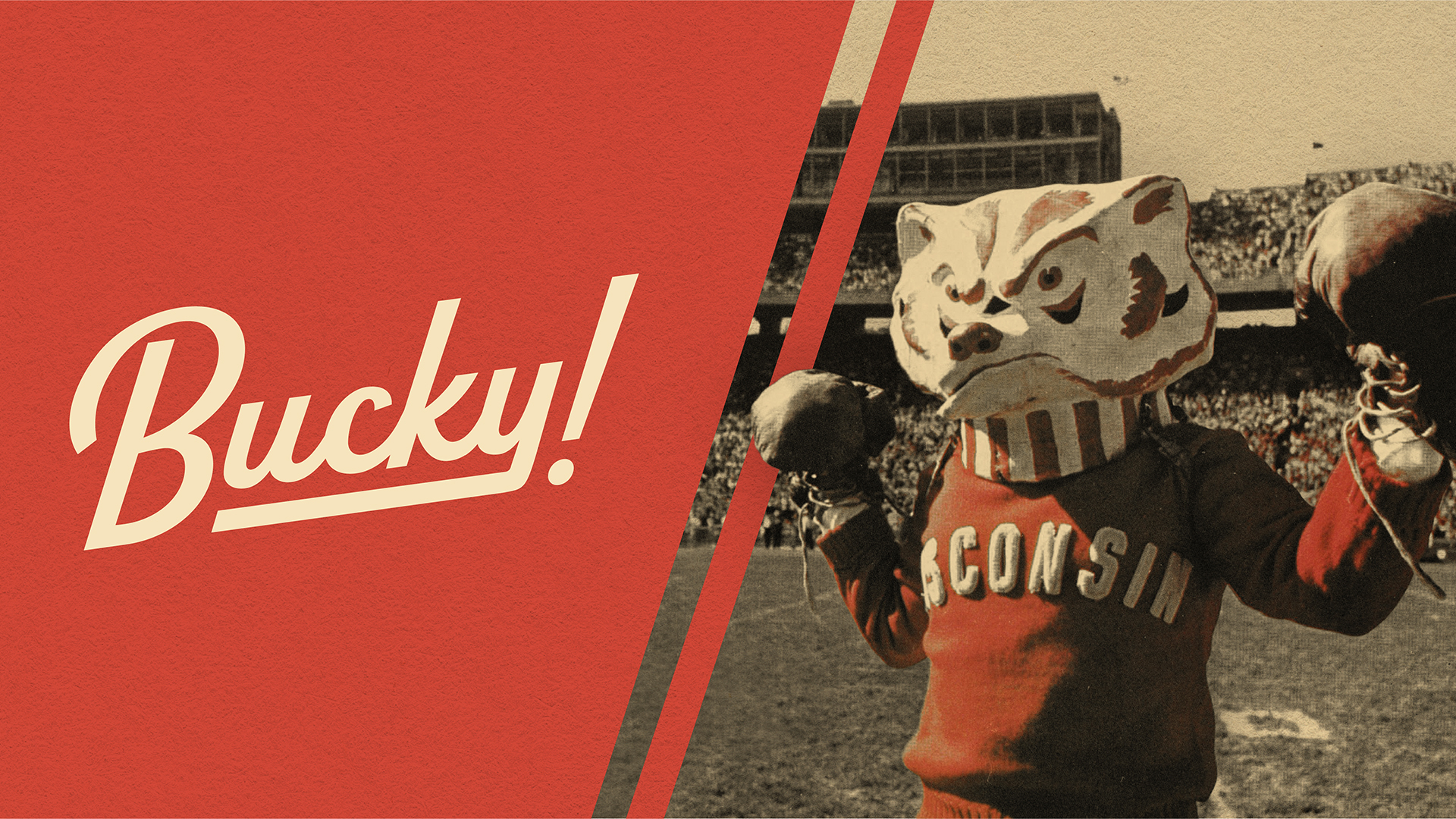
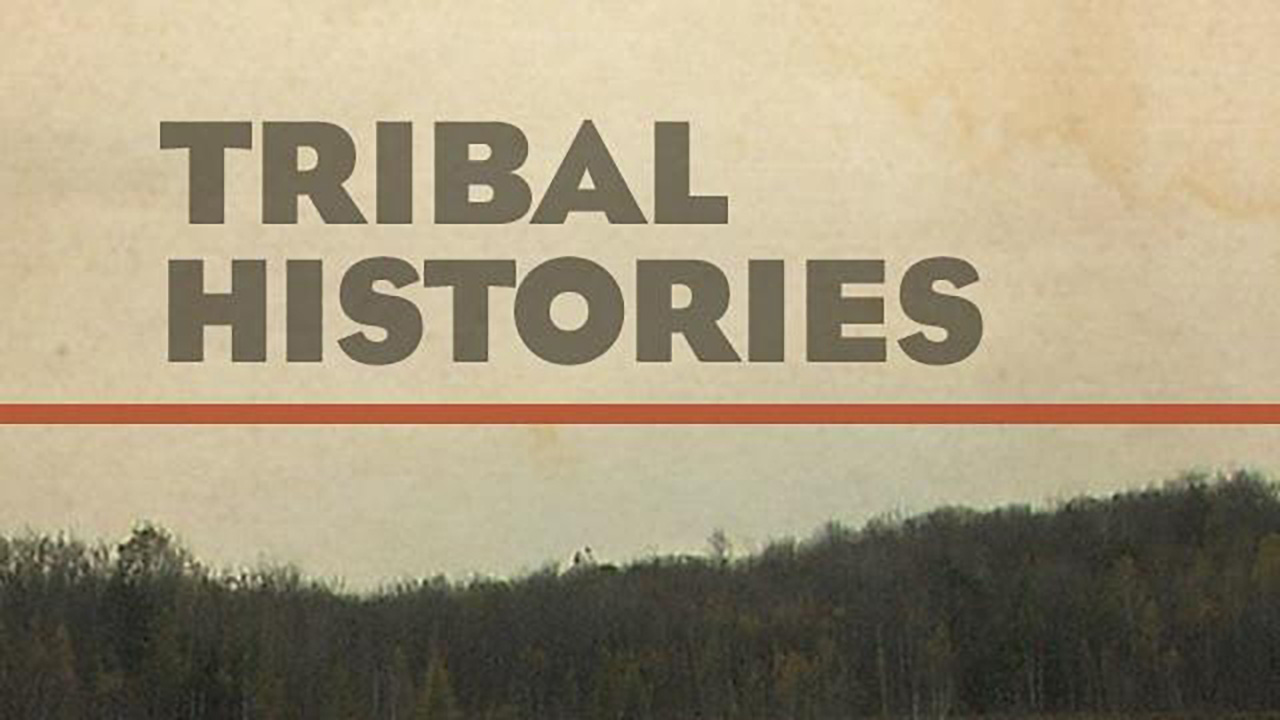
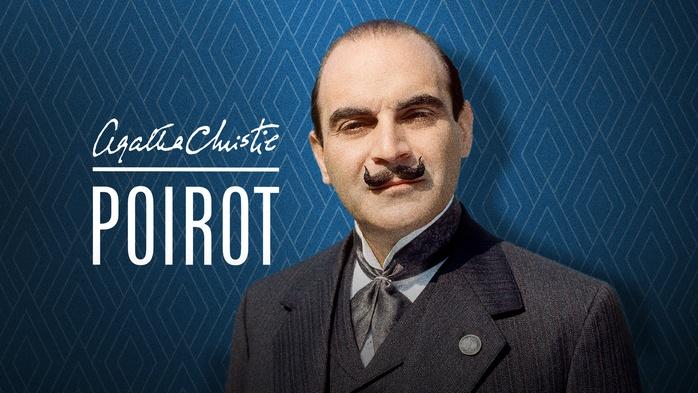


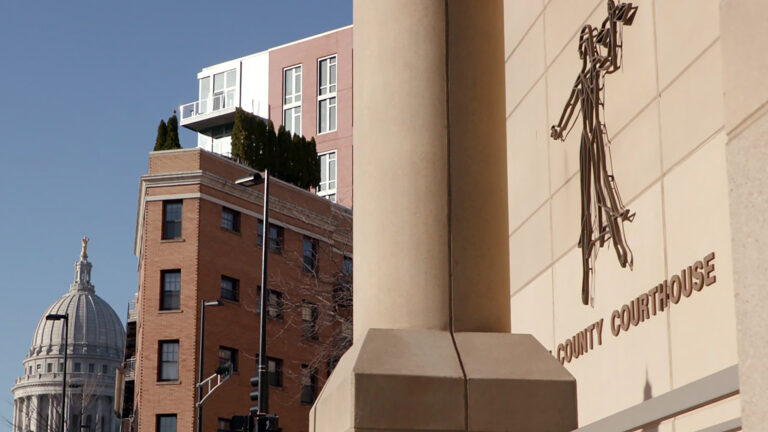

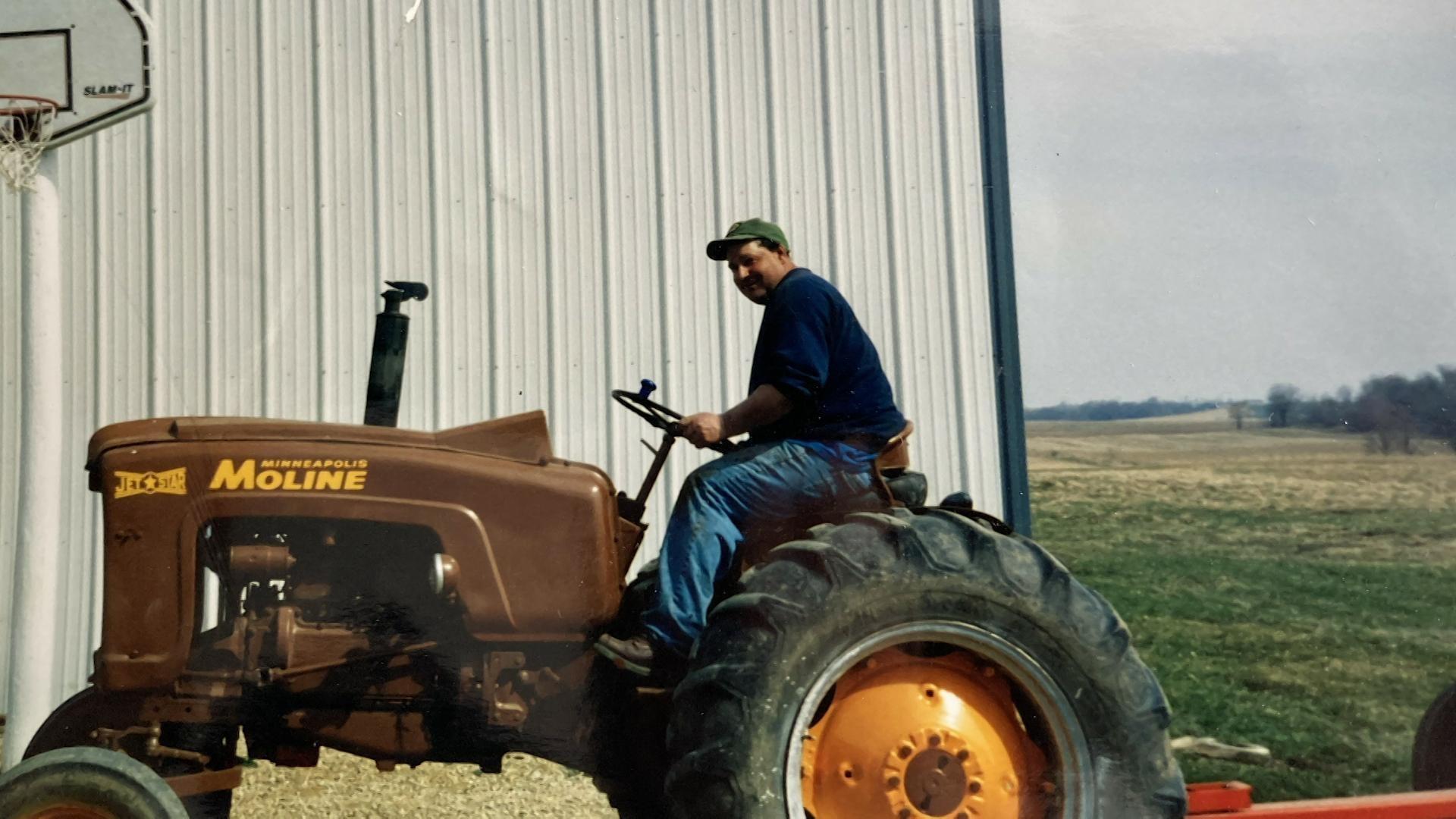


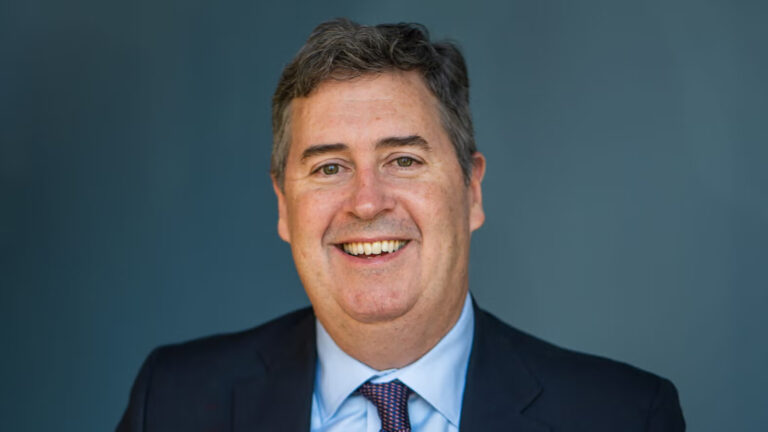
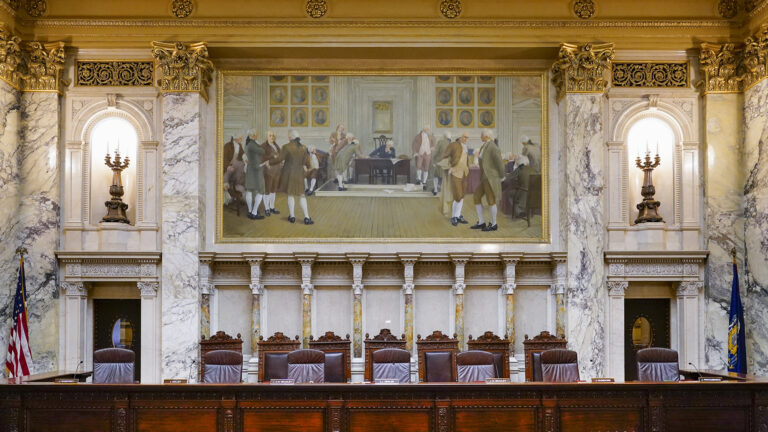
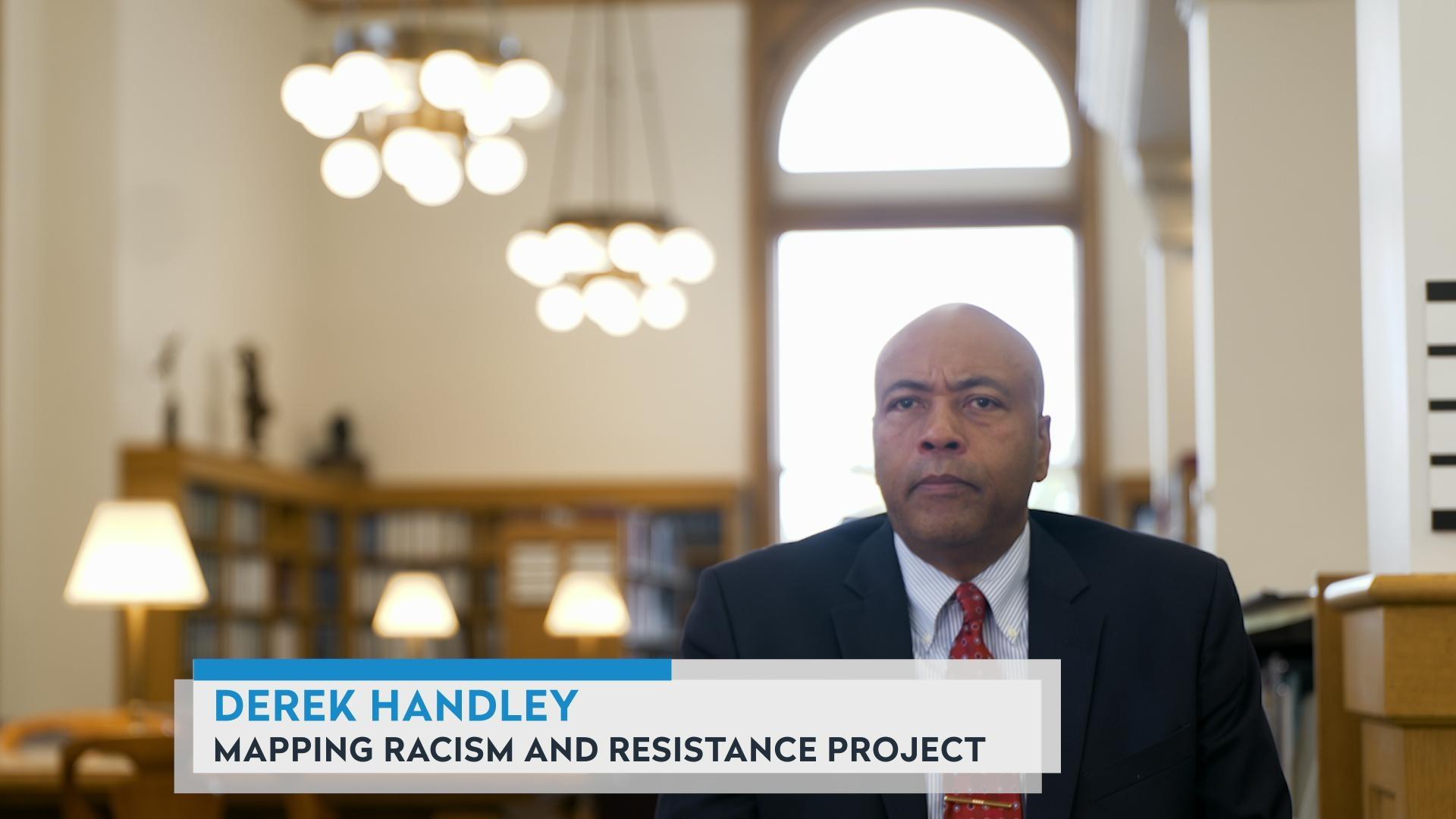
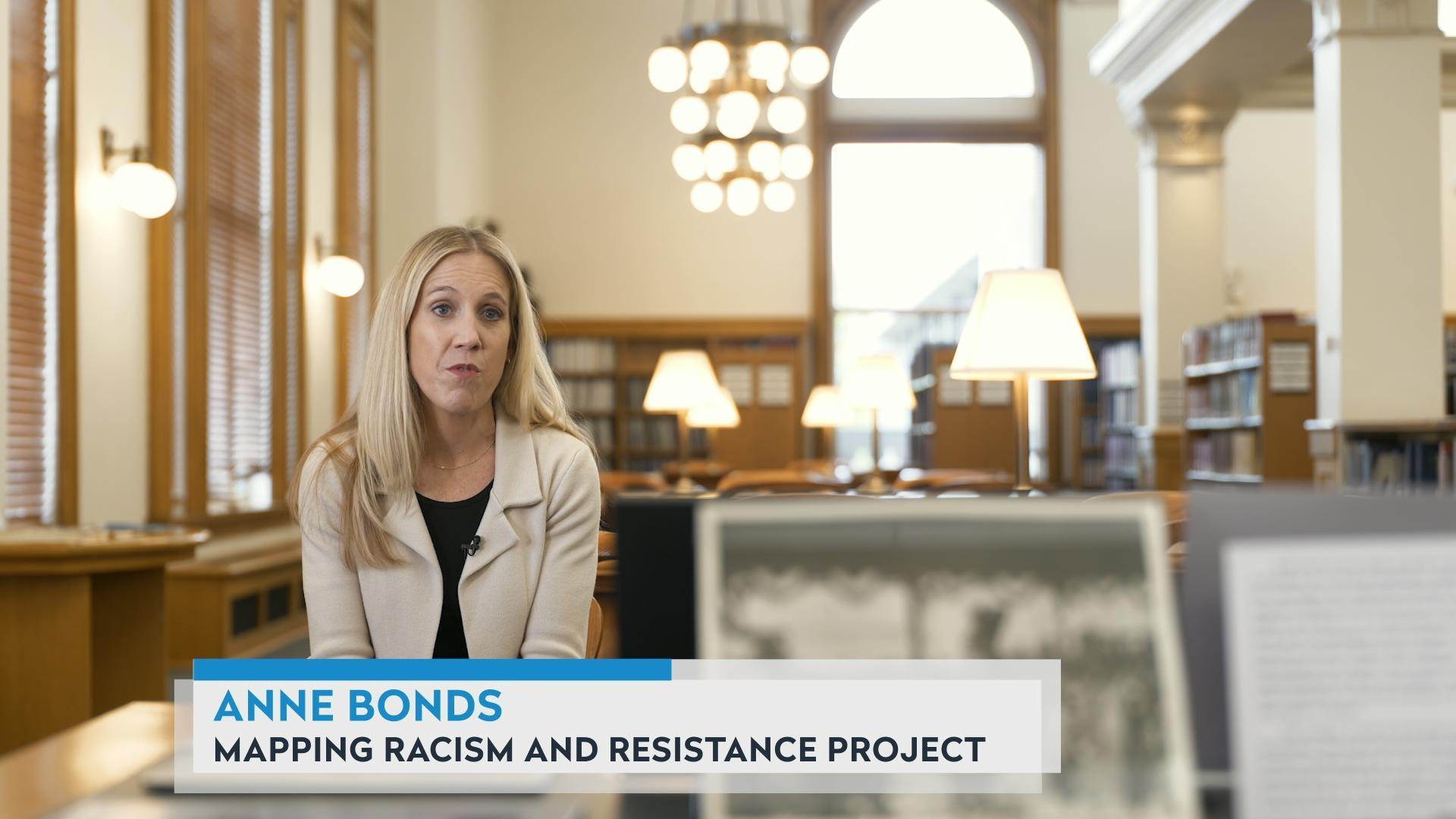
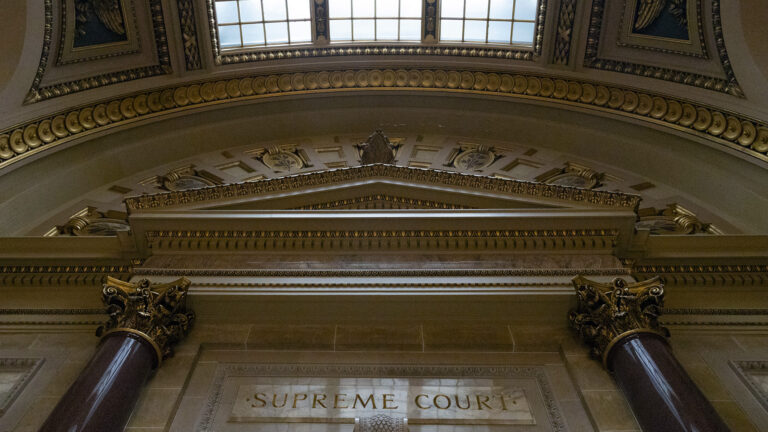
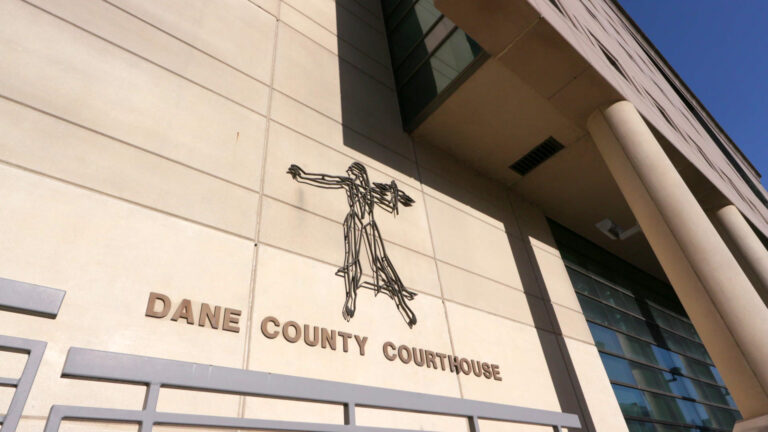

Follow Us